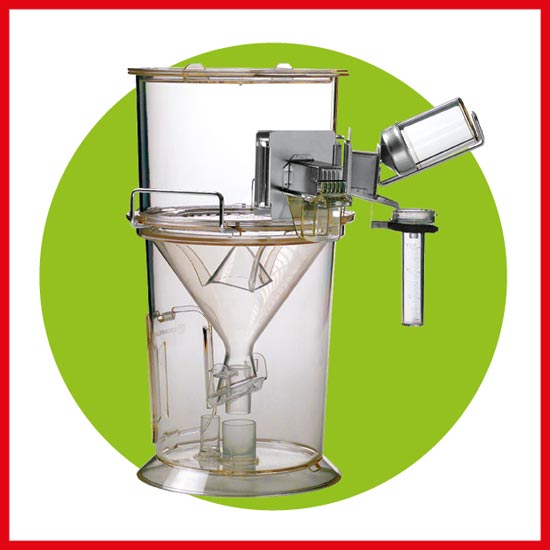
The current version of the Tecniplast website doesn't match your region. Please visit your local website to find information and offerings specific to your country.

The current version of the Tecniplast website doesn't match your region. Please visit your local website to find information and offerings specific to your country.

Sebastian Villa, researcher at IRCCS and SAFA attendant, illustrates how the new design of the metabolic cages allows better samples retrieval.
 What type of research do you conduct at IRCCS-Istituto di Ricerche Farmacologiche Mario Negri, Bergamo? And specifically in your lab?
What type of research do you conduct at IRCCS-Istituto di Ricerche Farmacologiche Mario Negri, Bergamo? And specifically in your lab?
At Mario Negri Institute in Bergamo the research activity is mainly focused on kidney diseases. My lab is involved in the development of experimental models that mimic human chronic kidney diseases, including diabetic nephropathy, with the objective of investigating mechanisms and mediators of disease progression and identifying therapies to halt progressive kidney injury. The association of multiple drugs to block simultaneously several mediators involved in the progression of renal damage represents the adopted therapeutic strategy.
What are the problems you normally face when running studies in metabolic cages?
During our studies with metabolic cages we came across problems that involved both the animals and the cages. Feces and urine may adhere to the lower elements of the cage, so sometimes it is difficult to achieve a complete samples retrieval: diuresis could be difficult to measure, especially when feces are not completely formed.
Furthermore, it happens that mice attempt to nest and play within the feeder, thus compromising the final food intake measurement.
In particular, when a single mouse is the object of the experiments?
We use mice housed singly when we want to obtain information on the physiological status (e.g. food and water intake) and for urine collection that will be used for the analysis of biochemical parameters. Due to the low volumes involved in the urine collection, sample retrieval may be affected and sometimes, according to the different experimental conditions, it’s difficult to collect and measure the total excreted volume.
Can you describe the advantages of the new prototype tested in terms of samples retrieval?
The new prototype has solved the problems of metabolic cages we sometimes had.
The design and the material of the new collecting apparatus led to an almost complete urine retrieval.
Furthermore, we observed that it minimized in a statistically significant way the adherence of fecal pellet to the separation cone, probably due to the new material properties.
Sebastian Villa: In 2003, Bachelor degree in Pharmaceutical Biotechnology at Università degli Studi di Milano. In 2017, Master degree in Molecular, sanitary and nutritional Biology at Università degli Studi di Urbino.In March 2012, he started working at IRCCS-Istituto di Ricerche Farmacologiche Mario Negri in Brescia, in order to write his master thesis. From April 2013 to July 2016 he attended the course “Specialists in biomedical research”. He is currently attending the “Advanced School of Applied Pharmacology (SAFA)”. Fellowship holder since April 2013.
Simone Cassetti
Marketing Manager Housing Solutions